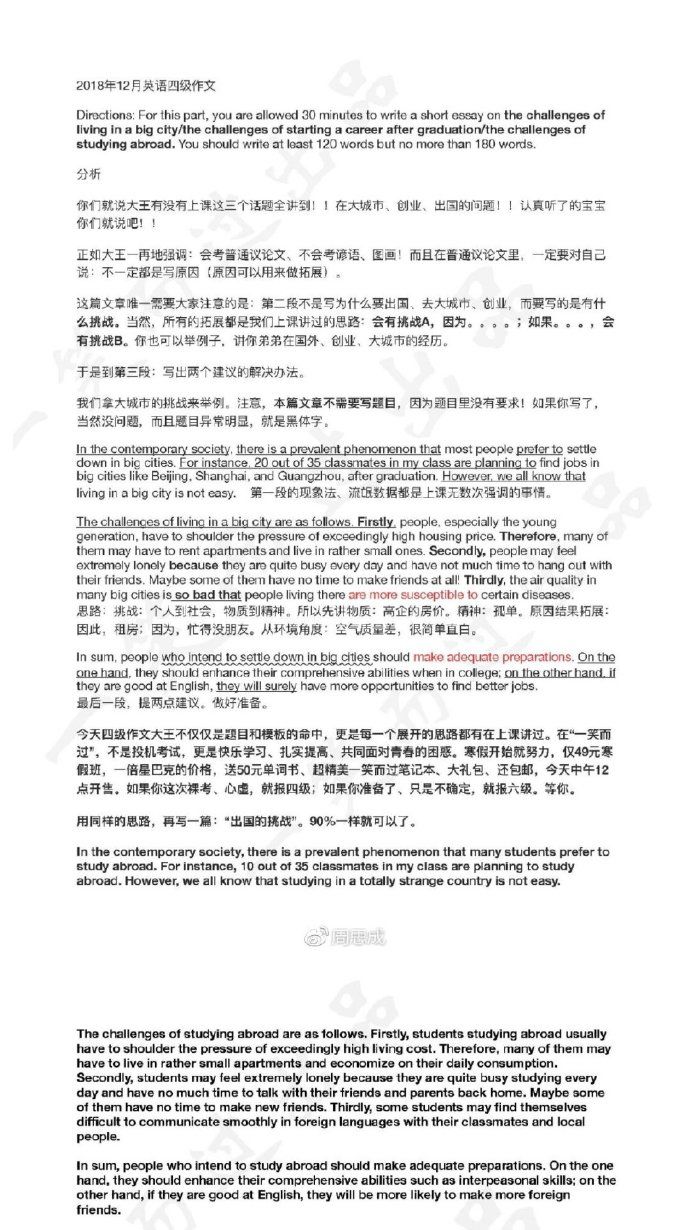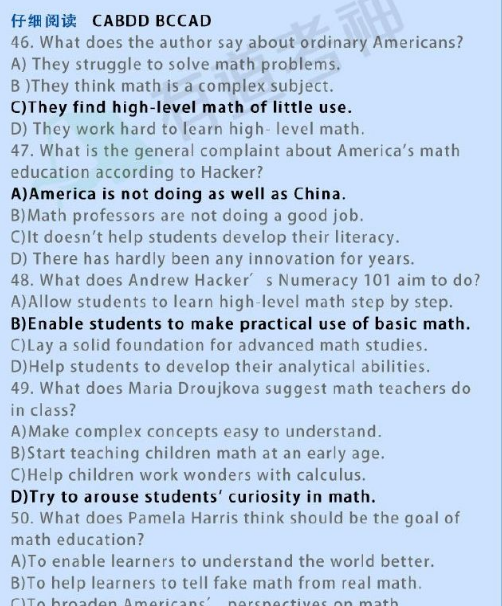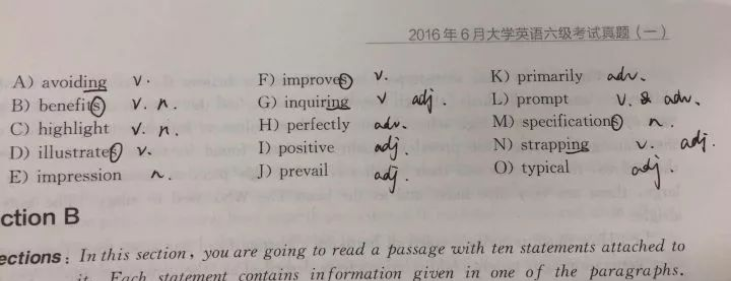英文法律文书简明教程(七)
|
冒号 1 一句话中在“such as " "including" 和 "for example" 短语后不用冒号。因为这些短语已提示读者接下来会举一些例子,没有必要再用冒号引出例子了,那样只是多此一举。 Incorrect: She had all the skills of a great litigator, such as: writing ability, perseverance, persuasiveness, and obsessive attention to detail. Correct: She had all the skills of a great litigator, such as writing ability, perseverance, persuasiveness, and obsessive attention to detail. 2 介词(例如“in”) 或副词后不用冒号列举。 Incorrect: The new law student excelled in: Criminal Law, Legal Writing, and Torts. Correct: The new law student excelled in Criminal Law, Legal Writing, and Torts. Incorrect: The litigation tactics most disliked by the judge are: discriminatory use of peremptory challenges, indiscriminate use of document requests during discovery, and the introduction of frivolous motions as delaying tactics. Correct: The litigation tactics most disliked by the judge are discriminatory use of peremptory challenges, indiscriminate use of document requests during discovery, and the introduction of frivolous motions as delaying tactics. 3如果不违反上述规则 1或者规则2 ,则用冒号引出例子或解释。 Correct Use to Introduce a List: The store carried all the items the new judge needed: gavels, judicial robes, case reporters, and computers. Correct Use as an Explanatory Tool: The restaurant served the type of food most preferred by lawyers: red meat. 4 当重申一个观点时,用冒号。如果跟在冒号后的是一个完整句子,则开头字母大写,反之,跟在冒号后的是从句或短语,则开头字母不大写。 Correct: The writing was brilliant: It was clear, concise, and analytically correct. Incorrect: The writing was brilliant: clear, concise, and analytically correct. |








